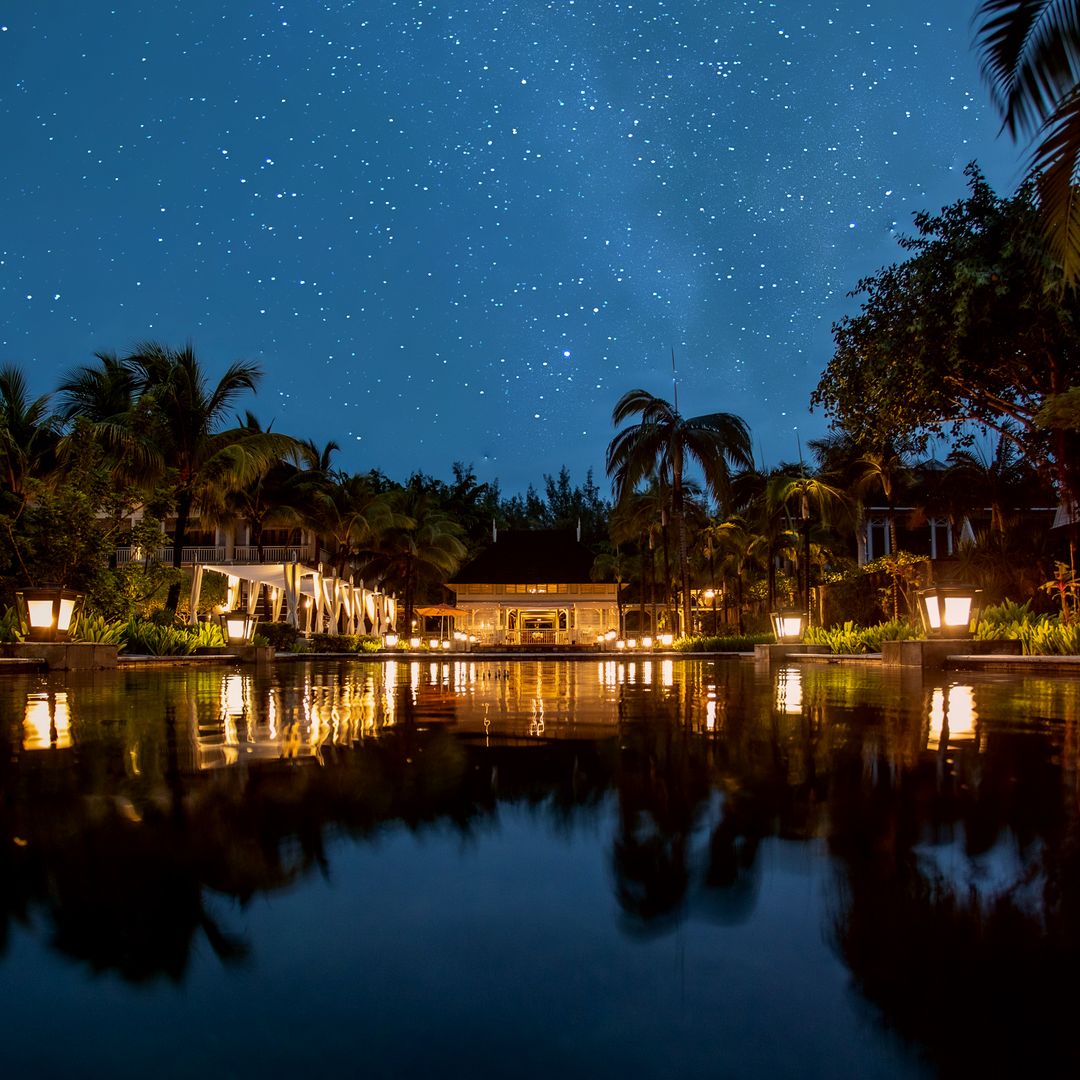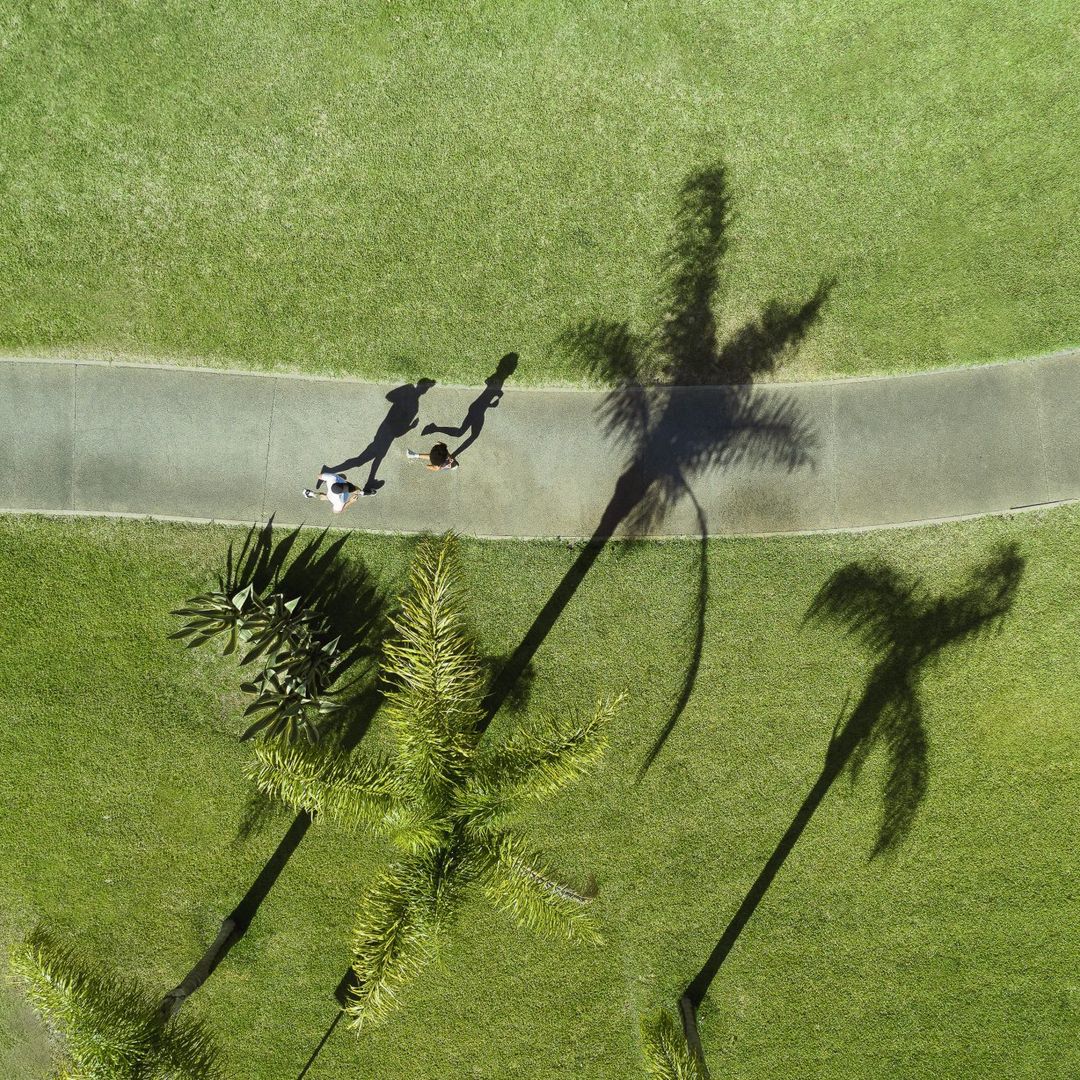During the equinoxes, when the sun aligns directly over the equator, day and night are approximately equal in length. Around March 21st in spring and September 22nd in autumn, thousands of visitors gather at the great pyramid of Kukulkan to witness the descent of the feathered serpent, a significant deity for the ancient Mayans and other early Mesoamerican cultures. This phenomenon occurs due to the pyramid's perfect alignment with the sun, which creates an illusion of a giant reptile slithering down the north staircase, the side adorned with snake heads.
This event is a testament to the Mayans' advanced astronomical knowledge. Yet, this is not the only marvel of the pyramid, built in the twelfth century by the Itza Mayans and named El Castillo (The Castle) by the conquistadors who discovered Chichen Itza. The pyramid, a central feature of this ancient site, functions as a giant calendar.
The alignment during the equinoxes is no coincidence, nor is the structure's design, with each of its four staircases having 91 steps. Together with the upper platform, they total 365 steps, representing the days of the year. Additionally, the pyramid's nine platforms symbolize the nine levels of the underworld and the nine lords of the night in Mayan cosmogony. The 18 sections formed by the staircases represent the 20-day months of the Mayan calendar. Including the five days considered unlucky, the total once again aligns with the 365-day year.
The precise mathematical and astronomical design of the Temple of Kukulkan reflects the ambition and expertise of the Mayan priests and builders. This is evident in other significant structures at Chichen Itza, like the Observatory, the Sacred Cenote (Well of Sacrifice), the Great Ball Court, and the Group of a Thousand Columns. Chichen Itza was declared a World Heritage Site in 1988 and a New Wonder of the World in 2007.
Visiting Chichen Itza
The site is open daily from 8:00 am to 5:00 pm, with tours typically lasting at least three hours. Official guides are available at the entrance. A nightly 'son et lumiere' show, while tourist-oriented, is quite spectacular. Entrance fees, including the museum and night show, are around £80.
Where to Stay
Most visitors choose accommodations in Cancun or on the Mayan Riviera, about three hours away by road, or in Merida, closer to the site. Local hotels like the Mayaland, built in 1923 and within walking distance of the temples, and the Hacienda Chichen, a sixteenth-century colonial mansion with spa facilities, offer unique experiences.
Cuisine
Mexican cuisine, renowned globally, includes dishes like cochinita pibil, chilaquiles de pollo, and Yucatan specialties like papadzules. The Mayaland hotel, Chichen Itza hotel, and nearby restaurants offer an array of these delicacies. Three kilometers away, the Ik il restaurant near the sacred Ik il well provides a refreshing dining experience after visiting the site.
Further Information
- Visit the Mexico Tourism website for more details.
- Don't miss the nightly son et lumiere show at Chichen Itza and an early visit to the Mayan port of Tulum, noted for its temples against the backdrop of the Mexican Caribbean, close to Carmen beach and the Mayan Riviera beaches.








